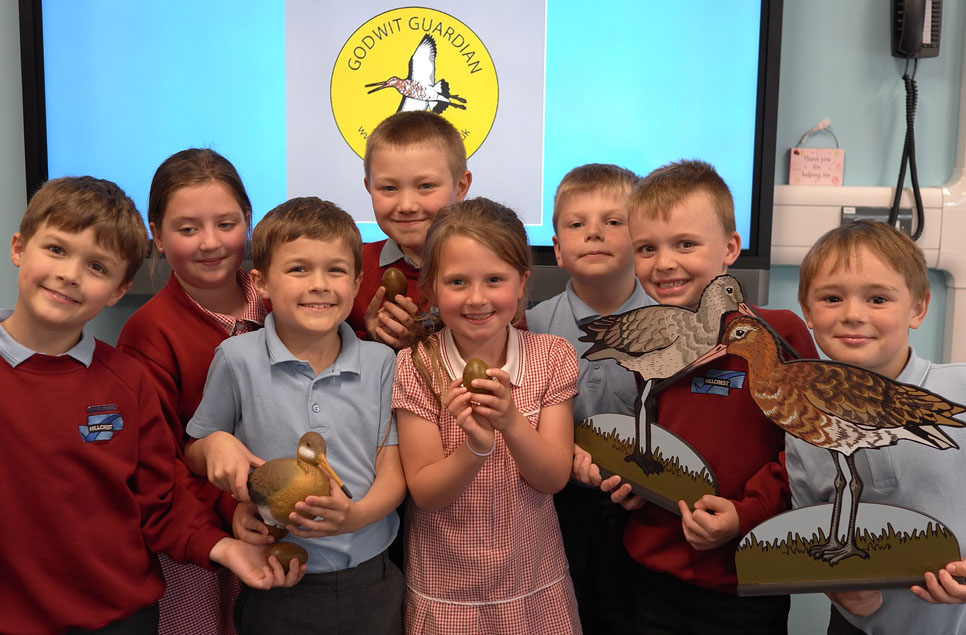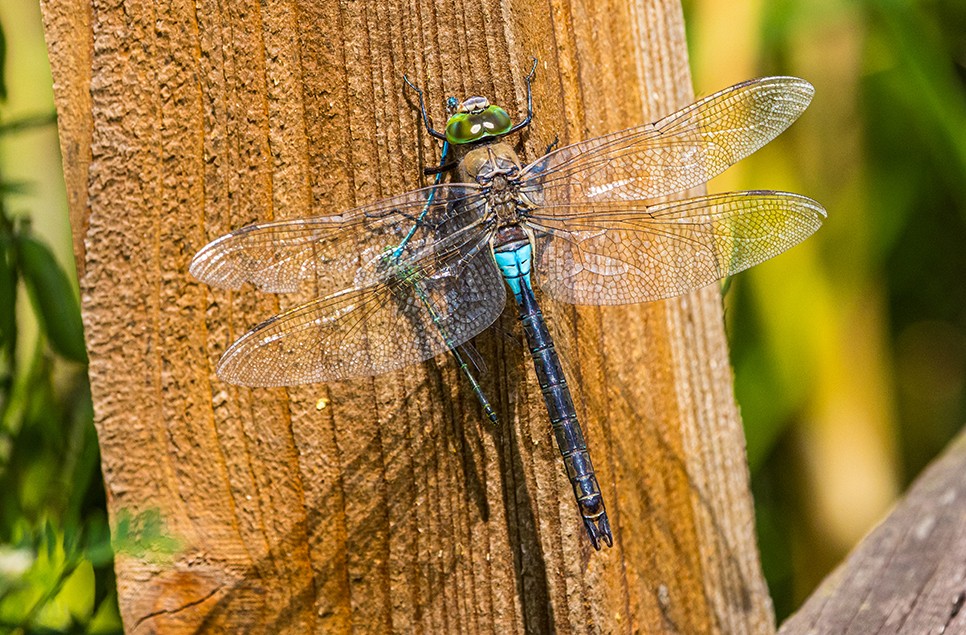Good news for Godwits
Hundreds of school children from across the Fens have been inspired to get involved with Project Godwit. More than 500 “Godwit Guardians” have signed up to an innovative scheme, which allows them to pick a godwit and then follow its progress as it makes

Hundreds of school children from across the Fens have been inspired to get involved with Project Godwit. More than 500 “Godwit Guardians” have signed up to an innovative scheme, which allows them to pick a godwit and then follow its progress as it makes its home on the Fens and heads off each year on its migration across Europe and Africa. Project staff and volunteers are also visiting local schools and community groups so that these conservation champions of the future, can hear first hand about these amazing birds and their wetland homes in the Fens.
Breeding success
And thanks to Project Godwit, the breeding population of godwits in the Ouse Washes area has increased from three to 12 pairs, the highest number this century. Across the Fens, 45 pairs have been recorded, up from 38 last year.
Most of the UK’s godwit population breeds in the Fens at the Nene and Ouse Washes. In the 1980s and 1990s, numbers at the Ouse Washes declined dramatically as nests were lost to increased flooding. By 2000, the population had almost vanished. So WWT and the RSPB created wet grassland habitat adjacent to the washes to support pairs displaced from their breeding grounds. One such site, WWT Welney’s Lady Fen, has been a lifeline for the remaining birds.
Creating suitable habitat is only part of our recovery plan. After the Ouse populations had remained at around three pairs for a number of years, we realised that even with good breeding success, recovery might take decades. So we decided to give them a boost.
Help for the most vulnerable
In 2017, Project Godwit started helping young godwits through the most vulnerable stage of their development by rearing and releasing them. In 2017 and 2018, 49 birds were released at Lady Fen and 15 at the RSPB’s Nene Washes.

This year, a fantastic 21 of those young birds returned to the breeding grounds in the Fens. Around 25% of the 45 pairs that bred in the Fens this year included one or more of the young birds we helped. Twelve of these pairs nested at the Ouse Washes sites, up from eight in 2018. And this year another 48 headstarted birds were released.
Wild birds struggling
But it isn’t all good news. The breeding success of wild pairs at the Ouse and Nene Washes was low this year, with few chicks surviving to fledge. Project Godwit is monitoring these pairs to determine why they failed to raise their chicks, and testing ways we can increase their success.
The long term future of the UK’s godwits and all ground-nesting waders depends not only on the quality and management of their breeding sites, but also on the presence of a healthy network of wetlands supporting the birds throughout their annual cycle.
Project Godwit is a partnership between WWT and the RSPB with major funding from the EU LIFE Nature Programme, the HSBC 150th Anniversary Fund, Natural England, the Heritage Lottery Fund through the Back from the Brink programme and the Montague-Panton Animal Welfare Trust.



